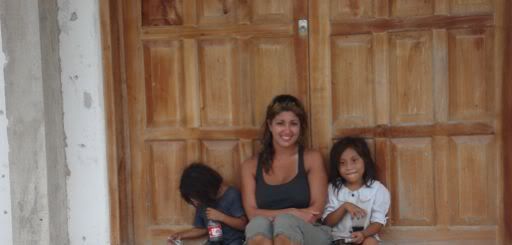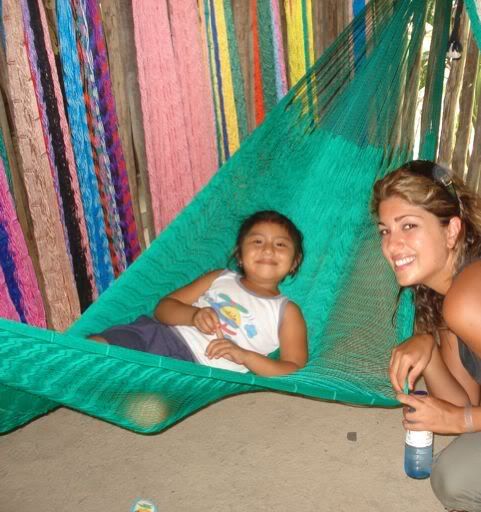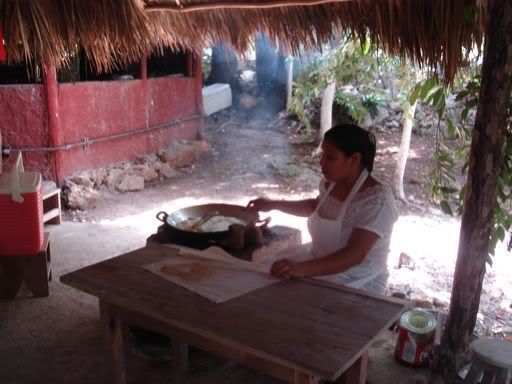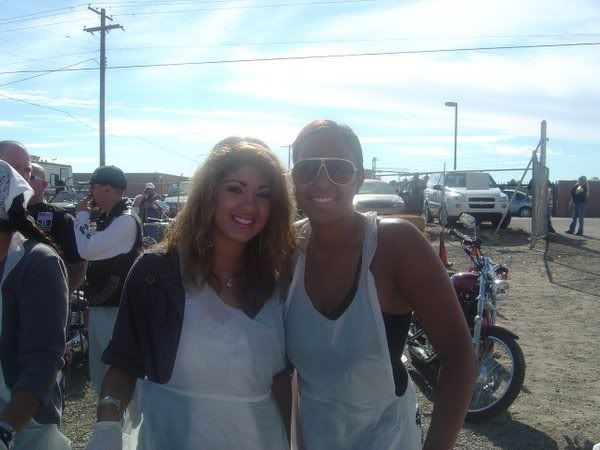
Four thousands years ago it was known as desmoterian, "the place of chains." This is one of the earliest definitions of what is now known as the penitentiary. Conditions in America's prisons have been substantially deteriorating since the late 1970s, according to the August 1989 edition of The California Prisoner.
The collapse is due to the overwhelming increase in prison population and declining hopes for rehabilitation. According to "Warehouse Prisons: Life Inside in the Modern Age, " by John Irwin and Michael Snedeker, "Prisons are becoming human warehouses where prisoners are stored." Others agree. "Prisons hurt, maim and kill. Prisons demoralize and feed the slef-hatred generated by failed human potential. To be a person caged, shacked and bound is a humiliation, which makes one feel subhuman. The slow and methodical rape of the spirit continues day after day: Men and women inside our prisons are convinced tat they have no worth, no purpose, no hope, no rights, no chance," sates author Philip Brasfield in the May/June edition of The Other Side.
Most prisons are filled to capacity prior to the completion of construction. "California incarcerates 1 out of 8 prisoners in the U.S. We will need 30 to 50 new prisons due to the influx of inmates...(from the)...stricter enforcement of parole violation and the three strikes law," says Frank Dungan in "California's Overcrowded Prisons." Three criteria determine whether a prison is overcrowded, according to the article "Prison" from the Microsoft Encarta Onclyclopedia 2001. The rated capacity is the number of beds occupied by inmates, Operational Capacity refers to the entire community of inmates that can be imprisoned according to the size of the building, programs available and other services that are offered. The design capacity is the peak number of inmates that may be housed in the facility. Overcrowding occurs when one of these capacities has exceeded its limit. "In 1998 U.S. prisons operated at an average of 15 percent over their rated capacities," according to the article.
Overcrowding is impacted by convicted felons who remain in prison for a long period of time. States like California have the "three strikes" law. This law provides three-time violent offenders a life sentence with no possibility of parole. Federal funding for state facilities is provided only when the state facilities show that they understand the obligation for inmates to serve at lease 85 percent of their sentence, according to the "Prison" article.
What is being done about the epidemic? Apparently the government has taken the matter into its own hands and have come up with strategies that are known as "front-door" and "back-door" solutions. With these solutions, matters of justice are handled by the government either prior to or during sentencing. However, these programs are only used with a small percentage of inmates. "Inmates who have brought lawsuits alleging that overcrowding violates various provisions of the Constitution of the United States have achieved little success," according to Dean J. Champion, Ph.D., professor and chairman in the Department of Criminal Justice at Minot State University.
When convicted felons are incarcerated, profits are made. "Private interest have entered the incarceration business in a big way," states Phil Smith in the fall 1993 issue of Covert Action Quarterly. The more inmates and the more prisons, the more money is made by private prison contractors. Should we believe that there is justice for all? Perhaps it is merely a slogan created by those who are trying to preserve the current system in America. "Government's power to investigate, arrest, charge, try and punish its citizens is awesome. Power so overwhelming is subject to abuse, whether deliberate or inadvertent, (and) can deny justice to an individual accused of crime," states the Feb. 10, 1981 Minneapolis Tribune.
With the numbers of inmates in state and federal prisons quadrupling from the 1980s to 1990s from 319,000 to 773,000 to a booming 1,302,000 in 1999, critics say the system is failing. And the figures don't include the 523,000 people incarcerated in jail, sys the "Prison" article. "Recidivism among state and federal parolees in the United States has remained at a rate of about 65 percent for the past two decades. This means that almost two-thirds of those released from prisons are convicted again for committing new crimes," states Champion.
Chuck Nicol of the Legislative Analyst's Office states that the growth in prison population is expected to continue, and since the state is willing to support this growth, billions of dollars from state funding will be needed for supply. This money is then used for the construction and management of new prisons, but there are no available funds to build them at this present time. In the end, it ill be the state's budget that will be paying for these facilities that supposedly reduce the crime rate.




























